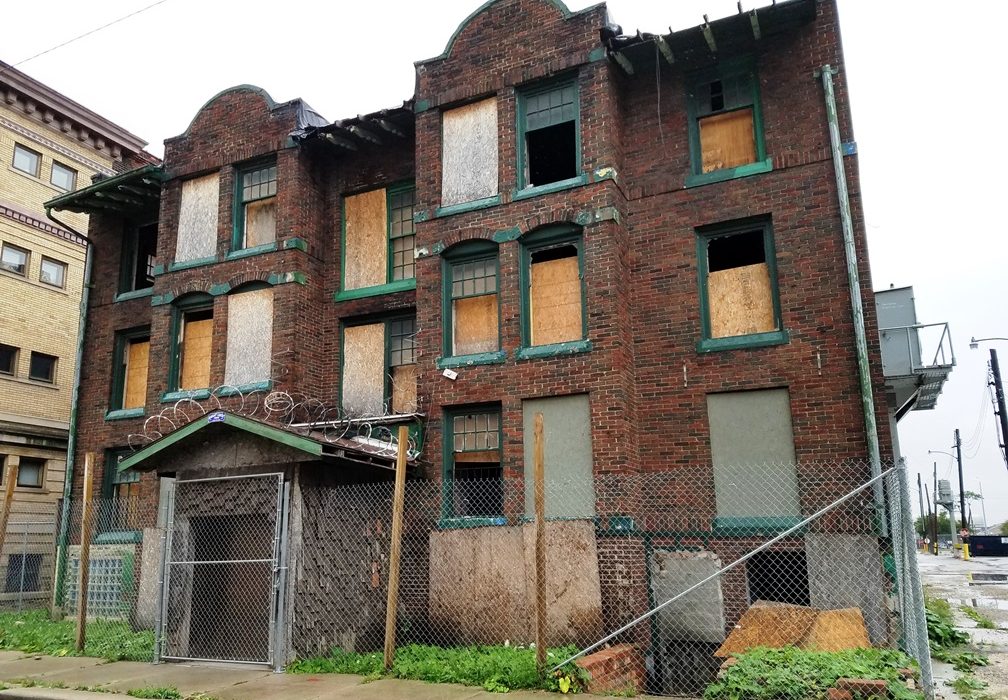There’s a word you’ll hear again and again if you spend time following local politics—especially if you live in a town that is (like most American towns) faced with economic challenges and residents living in poverty. That word is blight.
The thrust of most articles about blight—and blight removal—is that vacant, crumbling and/or abandoned properties are harmful eyesores that must be eliminated in order for cities to move forward. Demolishing “blighted” properties will make neighborhoods more attractive and might increase home ownership and encourage reinvestment.
Vacant buildings can attract criminal activity like drug use. They sometimes pose safety hazards. Getting rid of them is overwhelmingly framed as positive by local governments that often leverage hundreds of thousands or even millions of dollars to do demolition work (often through state or federal grants).
And yet, there’s something darker that lurks beneath the surface when we talk about “blight.” The word completely disregards the past of a place. When you label something blight, you utterly negate any purpose it may have had and any hope of saving it. It is mere garbage to be discarded.
And it’s not just individual buildings that are labeled as such. Whole blocks and neighborhoods can receive this designation, either officially or by association. Once the label has been applied, it can be a natural progression to start thinking that the people, businesses and institutions that are still alive in these neighborhoods are also blight.
Note from Storm: I just returned from a week in Michigan, where I was helping the Michigan Association of Land Banks design what we’re calling “Land Bank 2.0”. It’s a more-revitalization, less-demolition-focused second generation of land banking.
In other words, they will be less focused on the tactics like blight removal, and more focused on strategies for community revitalization. As the initiative progresses, we’ll report on it here in REVITALIZATION.
Featured photo by Storm Cunningham is of an abandoned house in Detroit (2017).

